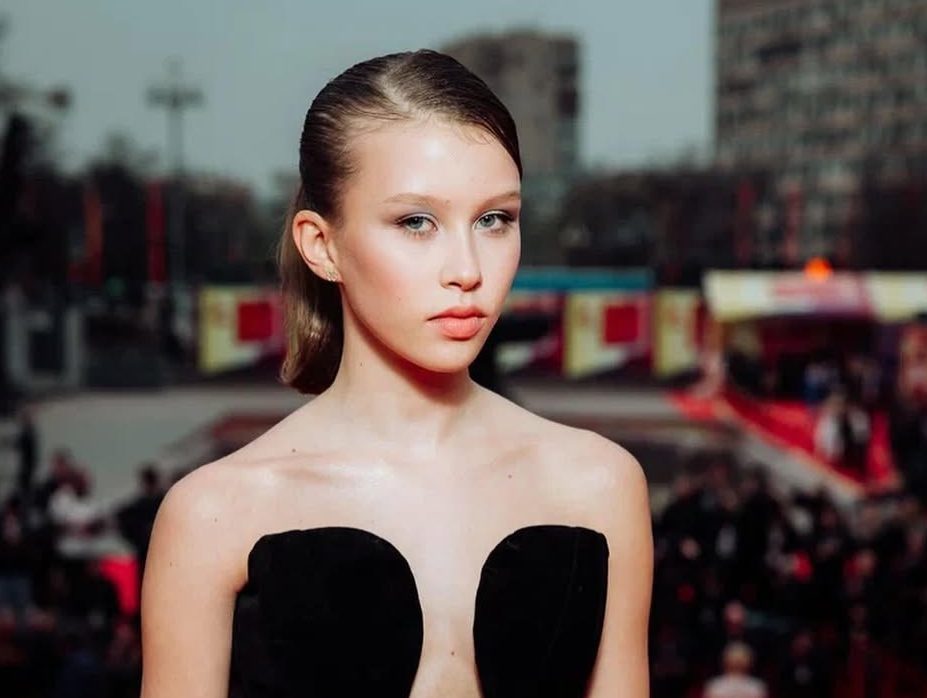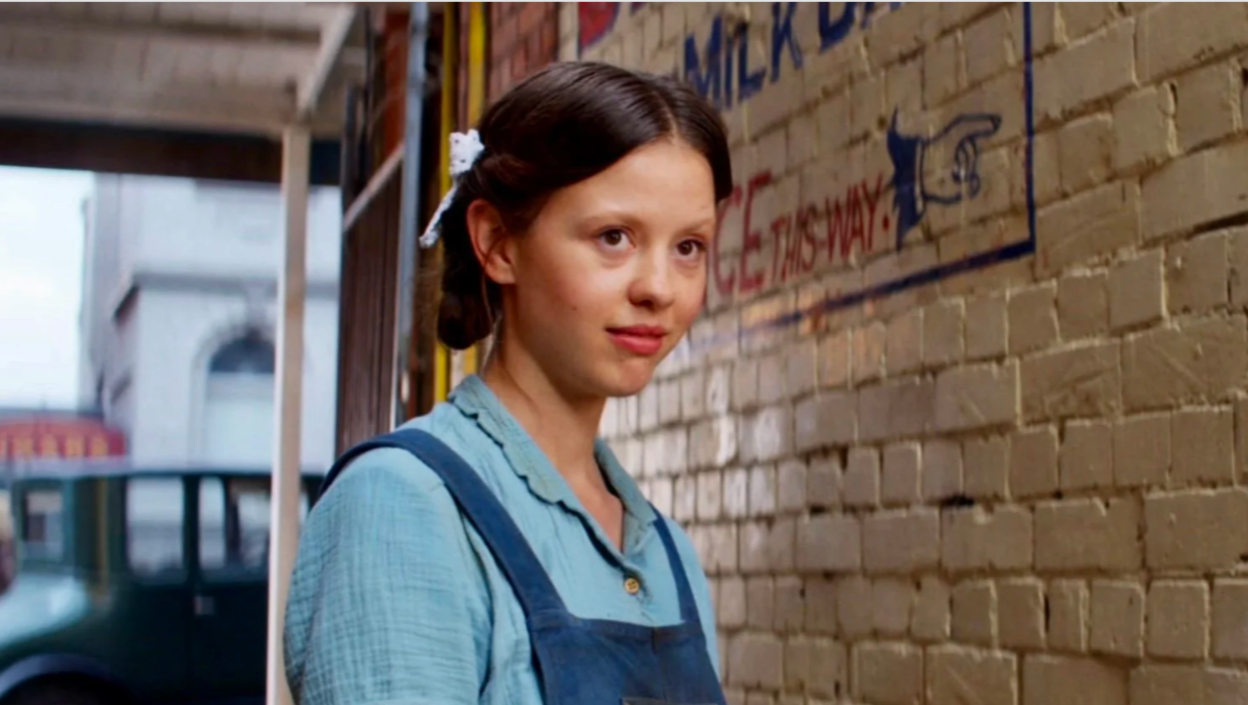From Valinor and through Middle-earth, September 2 arrives on Amazon Prime Video with a double episode ‘The Lord of the Rings: The Rings of Power’. Inspired by the work of JRR Tolkien, the series is not based on any of his novels, short stories or poems, if not, it fills in the gaps in the history of the Second Age, the era before Frodo and the Fellowship went to destroy a certain ring. Indeed, this may be the story of how that ring was forged, but Patrick McKay and JD Payne, showrunners and creators of this ambitious project, wanted to go above and beyond. Before I get into the subject I make it clear that this review is written without having more than a basic knowledge of the universe of ‘The Lord of the Rings’, but this is a television review, not a detailed analysis of his fidelity or not the fantasy of the author.
Indeed, if “The Rings of Power” were to be totally tied to Tolkien’s writings and the perception of the world that a wealthy British man might have in the 1950s, well no, indeed there would be no Latin elves, black dwarves or hairy protagonists. , but now it’s 2022 and women and non-whites exist and do things. So the “Lord of the Rings” series is pure fantasy in every way, because it is also inclusive and equal, with 50% (or so its executive producer, Lindsey Weber calculated) of a female cast.

Tolkien’s universe can be divided into three epochs, each marked by a great battle. The second, in which we find ourselves, is a period of relative peace, after a great alliance of races succeeded in destroying Morgoth and Sauron, his lieutenant, has been in hiding for hundreds of years, gathering strength with his orcs and devising a plan to rule the world again. Here, humans, elves, dwarves, furry ones (ancestors of the Hobbits) and other creatures live unaware of the great threat that awaits them and of which only a Galadriel warrior seems to suspect. When a lord magically falls from the sky, a human settlement is attacked and the elves have decided it’s time to leave Middle-earth, the adventure begins.
Although its ambitions are the same – to become an audiovisual phenomenon – unlike other recent fantasy sagas that leave a real sense of unease with its dark atmosphere and fateful future; ‘The Rings of Power’ focuses on brilliant visual beauty, a message of hope and a tone that moves between the tension of the action scenesthe drama of personal conflicts and the comedy of medium. This set of plots and characters is undoubtedly a very different structure from the “Lord of the Rings” story that Peter Jackson brought to the big screen, where the narrative was dominated from the perspective of the hobbits we accompany. its way to Mordor.

We too
This time we have a wider variety of stories, in which many of the themes that interested Tolkien are replicated, such as the classic struggle between good and evil or the tragic love stories between mortals and immortals. Plus, women carry a lot more weight and prominence, starting with the warrior Galadriel who worries fans so much. Morfydd Clark replaces Cate Blanchett with a younger, more charismatic and nuanced version of the character. It’s fantastic how, without imitating Blanchett, she was able to incorporate some gestures and looks that remind us of the image we have of Galadriel. It is not her armor that makes her a warrior, nor the fact that she alone defeats a snow troll or faces a sea dragon that makes her what we stereotypically call. “A strong woman”; is that although her past is marked by the tragedy of war, it is a shared pain, not what makes her what she is. She is a self-confident and ambitious elf who seeks revenge to find peace in her soul. And the same happens with Bronwyn (Nazanin Boniadi), the healer, because none of the female characters of “The Rings of Power” have to justify their courage, their courage, or even their anger, in a personal trauma of loss of innocence. There is, nor is it intuitive, that behind them lies the narrative resource in which a woman is a capable leader only thanks to adversity (“Being raped / tortured / kidnapped helped me grow”). No, elves, humans and hairy women are like that because women are like that too and for that nonsense, look, now yes, fantasy is for everyone.
The first two episodes, the only ones that the press has had access to, are superbly directed by JA Bayona, who brings his experience between horror (“The Orphanage”), fantasy (“A monster is coming to find me”) and action (“The Impossible”), gives them rhythm, tension and human warmth. Particularly interesting is its management of the advance and the use it makes of second or very close-ups, those on which the eye does not rest. He juggles like few others with the balance between the darkest and most intense plots with the comic and familiar ones, right from the transitions between them. We hope he won’t be missed much in the remaining seven chapters of his first season.
As far as casting is concerned, obviously the ones that are most scrutinized are the actors whose characters have already appeared in the Jackson trilogy: Clark as Galadriel, Robert Aramayo as Elrond or Benjamin Walker as Gil-galad. They all seem to have studied the gestures, movements and mannerisms of their predecessors, even though we are hundreds of years earlier, in very different vital points, where the great mistakes that will allow the new rise of Sauron have still been committed. The playing field they have to make the characters their own is vast and allows Elrond, for example, to now be a more entertaining figure than Hugo Weaving’s Elrond will be in his relationship with the dwarves. Nor can we fail to mention the new Frodo and Sam, Elanor ‘Nori’ Brandyfoot (Markella Kavenagh) and Poppy Proudfellow (Megan Richards). It is they, their curiosity and their relationship with a stranger who falls from the sky that show us the kindest, warmest and most childish part of this universe.
On the series’ relationship and similarities to Jackson’s trilogy, as well as subtle visual tributes, ‘The Rings of Power’ sounds like ‘The Lord of the Rings’ thanks to the excellent musical work of Bear McCreary, whose scores never leave the characters alone; its scenography is reminiscent of “The Lord of the Rings” (even illustrator John Howe and costume designer Kat Hawley repeat) and resonates like “The Lord of the Rings”, because although it does not adapt any full text, it uses phrases and dialogues with the handwriting of the ‘author, a meticulous work in which the Tolkien Estate was involved. There are characters who have invented now and new plots, but McKay and Payne managed to find the notes of Middle-earth and play them again.

‘The Rings of Power’ is the most expensive series on Amazon Prime Video and it also appears to be the most expensive series ever produced, and this is seen in its special effects, which have little or nothing to do with those of ‘other disasters. recent’. And it is that its creators have chosen to create a blend of CGI and practical effects and while the big creatures and some sets and scenarios are CG, the orcs are all prosthetic makeup and masks. Well invested money that is also noticeable in his large and ambitious production, in which you do not perceive the problems that the filming may have had due to the pandemic. Everything is fantastic, cinematic.
His managers plan to tell Tolkien’s Second Age of the Sun in at least five seasons in which they want to explore the forging of the rings, the fall of Númenor, the return of Sauron and the ultimate alliance between men and elves. It seems that at least during the first the plots will focus on meeting the heroes and heroines, strategically leaving the big bad as a lurking black shadow that we perceive only from the corner of our eye.
In the era of remakes and franchises, “The Rings of Power” strives to at least offer new, close and politically relevant stories; it offers us exciting adventures, but in which you can enter with the hope that good can win; and it gives us, in general, a little imagination to dream.
Note: 8
The best: There are stories to tell and the characters are moved by the responsibility of the community and not by their own selfishness.
Worse: It is easy to get lost in its mythology, too often you will have the feeling, if you have not studied Tolkien’s work, that you are probably missing something.
Source: E Cartelera




.png)